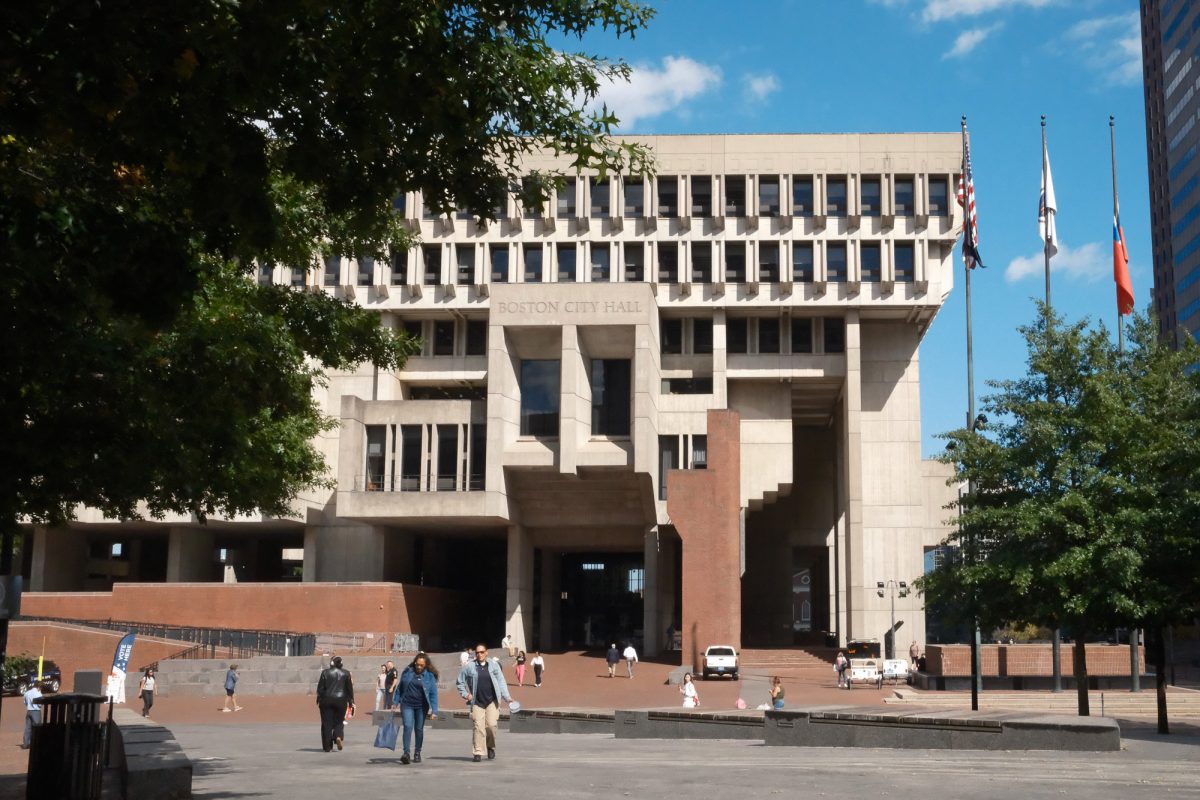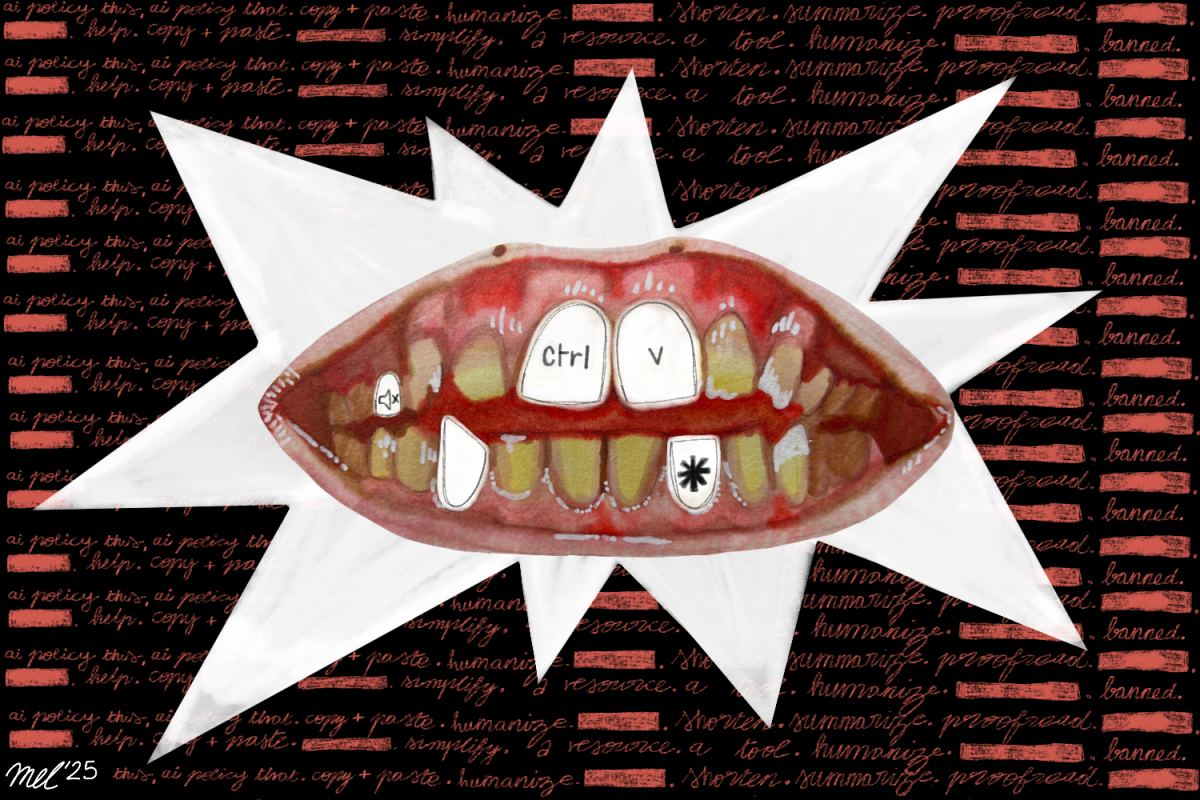On Jan. 20 2009 Sen. Barack Obama will take his oath of office. At that time, five of the nine U.S. Supreme Court Justices will be at least 70 years old. As the ultimate safeguards and interpreters of the Constitution, the appointment of Supreme Court Justices is one of the most important and instrumental powers of the president. While the appointment must get confirmation through a currently Democrat controlled Senate, the executive branch ultimately carries out the shaping of the Supreme Court. With the possibility of justices stepping down in the next four years and an even higher likelihood of more in the next eight, the current president-elect will have a great opportunity to influence the interpretation of the U.S. Constitution.
Like presidents before him, Obama faces a particular dilemma with his duty to appoint justices to the court. Given Obama’s Harvard experience as well as his time spent as a constitutional law professor for nearly 12 years, the man naturally has a strong conviction for how the Constitution should be read. One would first guess that when given the chance to select justices, Obama will choose justices who have an interpretation of the Constitution similar to his own. However, can a president like Obama who could appoint two to three Supreme Court Justices in his first term and possibly double that in a second term nominate in good conscience only justices with ideology identical to his own? It is crucial for Barack Obama to take into account the necessity for balance on the court when selecting justices in the future.
We don’t live in a solely red or blue country, and the Supreme Court should reflect that. In terms of political leanings, the current make up of the Supreme Court is typically classified with Justices John Stevens, Ruth Ginsberg, Stephen Breyer and David Souter leaning to the left and Justices Antonin Scalia, John Roberts, Samuel Alito and Clarence Thomas to the right. Although nominated by a Republican, Kennedy is by and large considered to lean to the right but has served as the crucial swing vote in several 5-4 decisions that have supported liberal causes. With Ginsberg, 75, and Stevens, 88, it seems very likely that these two, more liberal, justices will step down within the next four years. If Obama were to nominate liberal judges when Stevens and Ginsberg step down, I cannot blame him. And, as a conservative, I actually encourage him to do so. While I may not agree with the liberal views, it is important for the Court to move toward a philosophically balanced make up.’ That being said, Obama’s most difficult decision will come if the next oldest justice, Scalia, were to step down during Obama’s tenure.
Justice Scalia represents perhaps one of the top three leading American conservatives outside of actual politicians in the last 25 years. Scalia is more than just a judge who leans to the right: He is a champion of judicial restraint, a strict interpretation of the Constitution, and a leading opponent to the ‘living constitution’ all making him to liberals one of the most hated justices of all time. If Scalia is not replaced with a like-minded juror, the balance of the court will be greatly interrupted. While Scalia is widely considered to be a combative intellectual, and to many an extreme judicial conservative, such an individual is necessary to balance out some of the more liberal sides of the Court in order to find a median philosophy more in line with the beliefs of the American people. Scalia could very well remain on the court another four to eight years, to age 80, and try to outlast Obama but in all likelihood he will need to be replaced. Replacing Scalia with a liberal could result in seeing many six to three decisions in favor of liberal social causes that Proposition 8 in California showed are not detested by only a small minority of Americans.
Obama ran so much of his campaign on the wings of ‘ending the age of partisan politics’ and moving away from policy that has alienated so many Americans, yet many of his actions since the election have gone directly against that. For example, when Obama appointed someone like Rahm Emanuel, who many Washingtonians dub a partisan and combative insider, as chief of staff. When nominating Supreme Court Justices, if Obama were to move toward a balanced court he could gain ground with many critics who question his maturity for the office and feel alienated by his policy. Going to the other side to select judges is something presidents have done in the past that has upset some of their core constituents but in general have been beneficial to the court and bi-partisanship in the country. Examples of this are Eisenhower’s appointment of Justice Brennan or Reagan’s nomination of the moderate Justice O’Connor.
Obama has not even moved into the White House, and political scientists and commentators alike have begun to speculate how he will influence the future of the Supreme Court. Setting an agenda of looking to appoint justices who form a court that best represents the make up of different views held by Americans is the best thing the president-elect can do.



























































































































Concerned American • Aug 3, 2010 at 2:20 pm
Obama said in 2001 he thinks the Constitution doesn’t allow him to do the things that he want and that judges should go beyond the restraints of the Constitution. Couple that with the fact that he doesn’t even think that babies that survive abortions should be allowed to live and you have the potential for several justices, likely to be in their 40s, to take this country into a dark abyss of socialism and radicalism that we may not recover from until those justices retire. I hope I am wrong, but his comments don’t give me optimism. The only hope is that he can only replace the current far leftists – Breyer, Ginsburg and Stevens and substantially change the makeup of the court.
Concerned American • Aug 3, 2010 at 2:20 pm
The last line should read, “not substantially change”
dr. jack tobin • Aug 3, 2010 at 2:20 pm
i don’t know which is worse claptrap, the article or “concerned american”s comment. there is not even a hint of “leftism” in any member of the current court. furthermore, scalia, alito, roberts, and thomas do not “lean to the right”; they are firmly ensconced on its outer fringes. with kennedy, they form a terrifying right-wing majority, ruled, apparently, by their shared adherence to the roman catholic church. .
Billy • Aug 3, 2010 at 2:20 pm
You characterize conservatives as “extreme” but not liberals. Interesting.<br/>Don’t hold your breath for a conservative nomination from Obama. What alternate world do you live in?